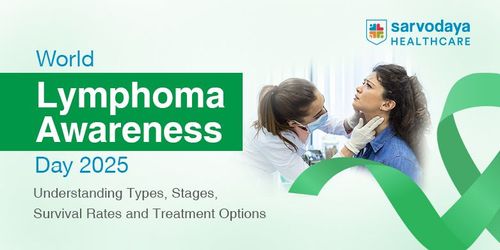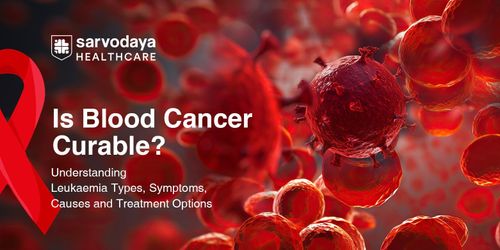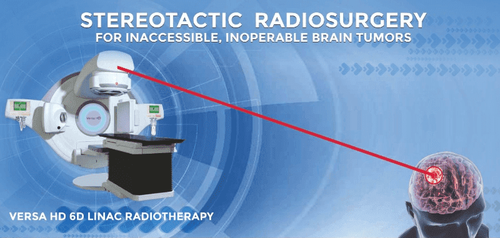Bone Marrow Transplant, a medical procedure done to replace a damaged bone marrow. A Bone Marrow is a spongy type of fatty tissue that resides inside the bones and creates blood cells. It creates blood cells including Red Blood Cells (RBC), responsible for carrying oxygen and nutrients throughout the body; White Blood Cells (WBC), which help to fight infection and platelets, responsible for the forming of blood clots. A Bone Marrow may get damaged due to certain diseases, infections, or chemotherapy. Under the Bone Marrow Transplant procedure, blood stem cells are transplanted. Stem cells are the blood-producing cells that travel to the bone marrow where they also promote the growth of new marrow.
Bone Marrow also contains Hematopoietic Stem Cells or HSCs. Stem cells multiply through cell division and either produce more stem cells or differentiate into different kinds of blood cells. The HSCs are responsible to make new blood cells. Under the Bone Marrow Transplant procedure, the damaged stem cells are transplanted with healthy stem cells. This transplant helps the body make enough blood cells to prevent infections, anaemia, or bleeding disorders.
For the Bone Marrow Transplant process, healthy stem cells can be taken from a donor body or, from the patient’s body also. In the case of stem cells taken from the patient’s body, they are harvested even before the treatment and stored, which are later used in the transplantation process.
Bone Marrow Transplant Procedure
The procedure of Bone Marrow Transplant is quite similar to the blood transfusion process. It involves the intravenous (IV) infusion of autologous or allogeneic stem cells to reestablish the damaged or defective bone marrow or immune system. In the case of Allogeneic Transplants where the stem cells are taken from a donor, the bone marrow cells will be harvested a day or two before the transplant procedure. On the other hand, if the patient’s own cells are being used then they are retrieved from the storage.
Stem Cells Are Collected In Two Ways
-
Peripheral blood (Common method): The harvest of peripheral blood stem cells is similar to the process of platelet donation and is more frequently used than a bone marrow harvest. It uses an apparatus, called an apheresis device, which removes stem cells and other cells from blood by a filtration process. Blood is removed from a vein in one location, filtered, and then returned to another vein. The process does not require anesthesia or hospitalization. The donor's stem cells quickly grow back following the harvest.
-
Bone marrow: Removal (called harvest) of bone marrow stem cells is done while you are under general or epidural anesthesia. The harvest is done by using a needle to repeatedly remove a sample of bone marrow fluid from multiple areas in your pelvic and hip bones.
Types of Bone Marrow Transplantation
1. Autologous Transplants
This involves using stem cells from the patient’s own body. The cells are collected and harvested before starting chemotherapy or radiation therapy. After the treatment, the cells are also returned to the body. This type of transplant is done only if the patient has a healthy bone marrow.
2. Allogeneic Transplants
This involves using stem cells taken from the donor’s body. To be the donor, one needs to closely match the genetics of the patients and thus it is usually taken from a sibling or relative. However, matches can be found in other donors too through donor registry called Matched unrelated donor (MUD) transplant. Going under such transplantation requires the patient to be on medications for a while to maintain immunity.
Risks of Bone Marrow Transplantation
A Bone Marrow Transplant is a major procedure and involves certain risks or side-effects. These may include those during stem cell Harvest :
- Sudden drop in blood pressure
- Headache or nausea
- Pain or shortness of breath
- Chills and fever
However, these side-effects are very short-lived but there can be other compilations that might arise after the Bone Marrow Transplant process. These complications may develop depending on several factors such as age, overall health, the disease, and the type of transplant done.
Such Complications May Include
- Graft-versus-host disease (GVHD): a condition where donor cells attack the body
- Graft failure: where the transplanted cells do not produce new cells
- Anaemia: where the body stops producing enough Red Blood Cells
- Infections or nausea, vomiting or diarrhoea
- Early menopause in women
- Mucositis: where inflammation occurs in the mouth, throat, and stomach
- Bleeding in the lungs, brain, or in the other parts of the body
- Cataracts or damage to other vital organs
- Secondary Cancers
In case of any difficulties, speak to your BMT surgeon at your Bone Marrow Transplant hospital at earliest.




























































